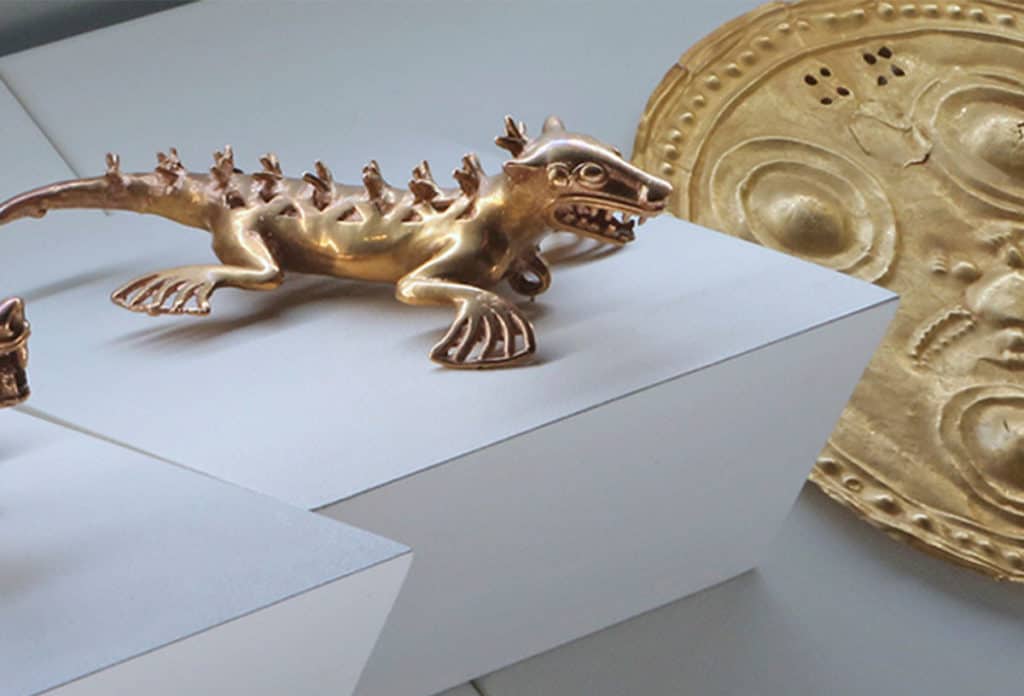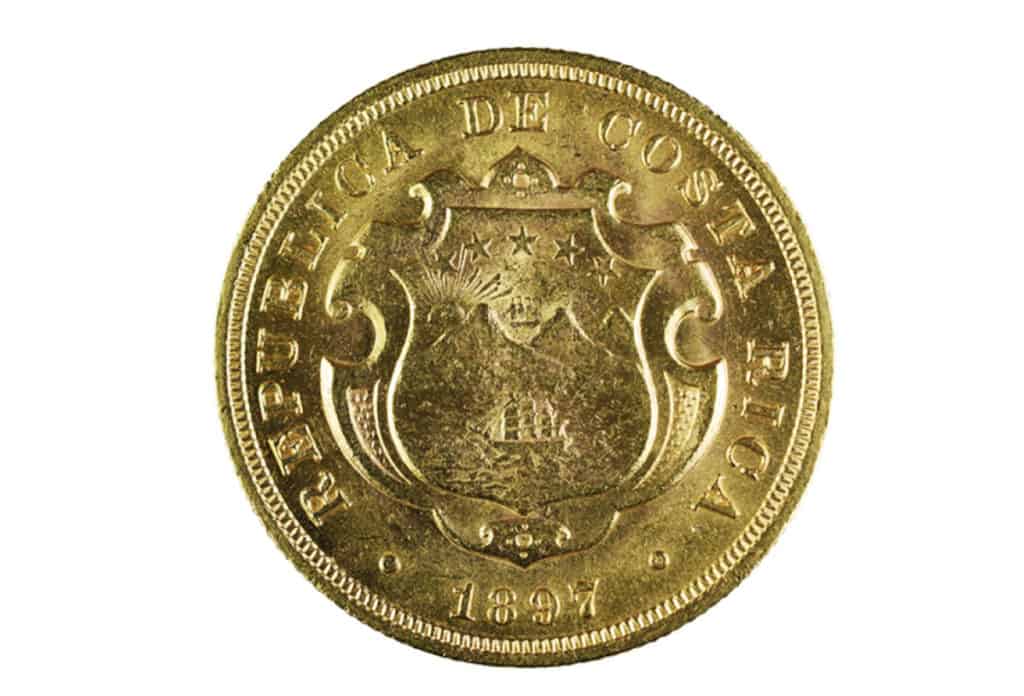
The Pre-Columbian Gold Museum in Costa Rica is a treasure trove of history and culture, showcasing the largest collection of pre-Columbian gold artifacts in the country. Located in the heart of San Jose, the museum offers visitors a unique glimpse into the rich cultural heritage of the ancient civilizations that once inhabited the region.
The exhibits include stunning pieces of gold jewelry, masks, sculptures, and other intricate works of art, providing insight into the techniques and styles used by the indigenous peoples of the area.
What to see at the Gold Museum
The museum displays over 1,600 pieces of pre-Columbian gold and other artifacts, which were recovered from archaeological sites throughout Costa Rica. The museum also has a special section dedicated to the history and culture of the ancient tribes of the region, which allows visitors to learn more about the people who created these beautiful works of art.
The museum’s collection includes pieces from the Nicoya, Diquis, and other ancient cultures, and it is considered to be one of the most important collections of pre-Columbian gold in the world. It also offers guided tours in Spanish and English, providing visitors with a deeper understanding of the artifacts and the culture they represent.
This museum itself was established and curated by Cosa Rica’s national bank, the Banco Central de Costa Rica, in an attempt to not only preserve Costa Rica’s heritage and history, but also to educate those who are visiting.
As its name would suggest, the Gold Museum houses a great number of artifacts in its collection, many of which are made of gold. Gold itself was considered very important in the pre-Columbian era, as it represented not only wealth, but were also symbols of authority and power.
The Gold Museum contains more than 3,500 artifacts, including over 1,500 items made of gold. There are also items made of ceramic, stone, jade and glass stored and on display here. The gold artifacts themselves are more than 1,500 years, many of which date back anywhere between 300 B.C., to 1550 A.D., just as the Spanish arrived in the area.
Many of the artifacts themselves show remarkable craftsmanship, as is expected from a people who valued gold within their culture. These items include animal figures, jewelry, statuettes and many others, including a life sized model of a gold warrior known as El Guerrero, or “The Warrior” in English. This golden warrior is also further adorned with golden ornaments and are on display behind a glass case.
A replica of a pre-Columbian grave is also on display within the museum, which features 88 objects made of gold. The original grave this replica is based on was discovered in the 1950s in a banana plantation in southeastern Costa Rica.
The museum also has a detailed scale diorama of what a typical Pre-Columbian village would look like. The exhibits themselves are displayed with graphics and other useful information that aims to educate its visitors. Many of these information cards are in Spanish, but some are translated to English.
Aside from the exhibits themselves, the Gold Museum also houses a gift shop, where you can buy high-end souvenirs, and a plaza where you can take a rest. There is also national coin museum housed within the building itself, on the ground floor, which has information on the history of coinage and other currencies used throughout Costa Rica’s history.
Visiting the Gold Museum
The Pre-Columbian Gold Museum is located below the Plaza de la Cultura in San Jose’s Central Avenue. It is open to the public every day, including weekends, between 9:15 am and 5 pm. If you’re planning on visiting the museum during a major holiday, it’s best to check in advance if the museum is open, as it may be closed for half the day.
Admission fee is about $14 and can be paid both in cash and with credit cards. If you are student you’ll only need to pay $10. Children aged 12 and below gets free admission. You can book your tickets in advance or join a tour to avoid any long lines.
A three-museum pass ($33; covers this museum as well as the Jade Museum and the National Museum. This will save you some money if you plan to visit and best of all it has no expiration date.
Bonus: The National Coin Museum

Also located within the same building is the National Coin Museum, or the Museo de Numismático. While the Gold Museum houses artifacts that date back before the Spanish came to Costa Rica, the National Coin Museum houses items that came about more recently in Costa Rica’s history.
Still, this museum features exhibits that are centuries old and showcases the evolution of money in Costa Rica. Displays include old banknotes, Spanish coins, and other items used as unofficial money, such as coffee bean tokens, which Costa Rica is known for.
There is information here on the history of minting money in Costa Rica as well, displaying how Costa Rica’s official coins and tenders have evolved throughout its history. This exhibit also displays Costa Rica’s first ever minted coin, the Media Escudo, which was first minted and brought into circulation in 1826.
Final Thoughts
The museum’s knowledgeable staff offer guided tours that bring the exhibits to life and provide a deeper understanding of the significance of gold in pre-Columbian society, including its use in religious ceremonies and as a symbol of power and wealth.
Whether you are a history buff, a cultural explorer, or simply interested in the ancient civilizations of Central America, the Pre-Columbian Gold Museum is a must-visit attraction in Costa Rica.


